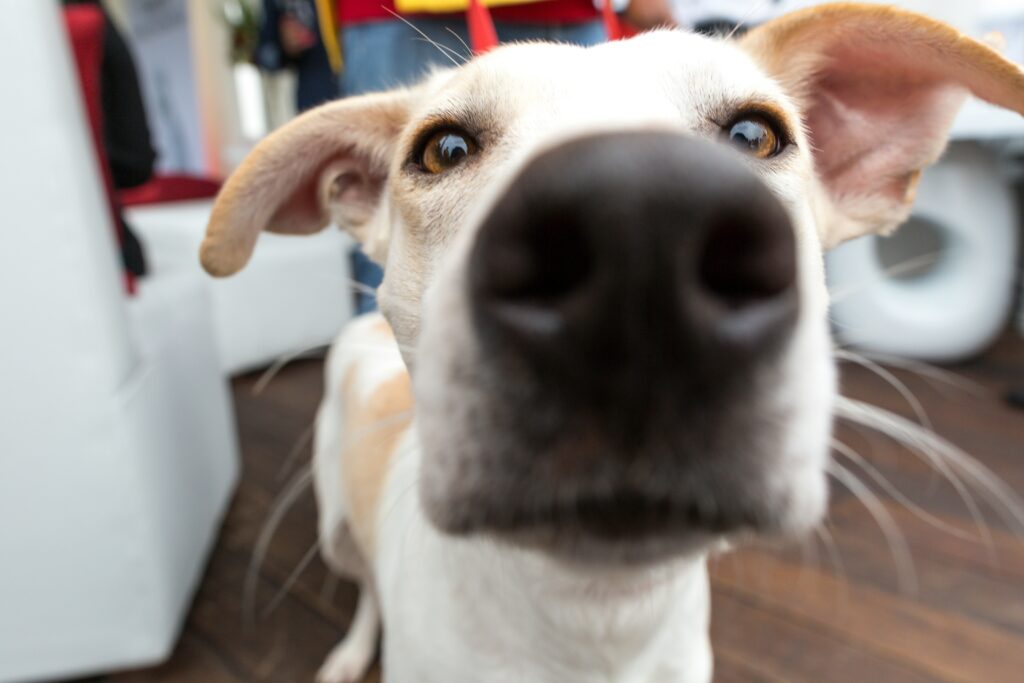The Nose Knows: How Dogs Detect Illness and Emotions
Dogs aren’t just our best friends—they’re natural-born detectives. With a nose that can sniff out tiny molecular changes, dogs can sense things that are invisible to the human eye, from health problems to our deepest emotions.
Their nose is more than a tool—it’s a lifesaving instrument and an emotional compass.
Dogs Detecting Illness
Research has confirmed what dog owners have long suspected: dogs can detect illnesses like cancer, diabetes, and even COVID-19 using their powerful sense of smell.
How?
Dogs are trained to detect volatile organic compounds (VOCs) released by abnormal cells or bodily changes. These are emitted through breath, sweat, urine, or skin—often before any outward symptoms appear.
Dogs have been shown to detect:
-
Lung and breast cancer through breath samples
-
Bladder or prostate cancer in urine
-
Low or high blood sugar in people with diabetes
-
Seizures before they begin, allowing time to seek safety or assistance
-
COVID-19 in airports and public spaces
And they’re not just accurate—they’re often more sensitive than machines.
Emotional Detection: Dogs and Feelings
Dogs are extremely in tune with their humans. They know when you’re sad, anxious, happy, or afraid—because emotions affect your body chemistry.
When we experience emotion, our bodies release:
-
Hormones (like adrenaline or cortisol)
-
Pheromones
-
Subtle shifts in body scent
Dogs pick up on these changes with ease. For example:
-
When you’re stressed, your sweat smells different to a dog.
-
When you’re scared, your heart rate and scent change subtly.
-
When you’re happy, your oxytocin levels rise—something your dog can smell.
Your dog doesn’t just recognize your emotions through body language—they literally smell how you feel.
The Role of the Nose in Therapy & Service Work

1. Diabetic Alert Dogs
They detect low blood sugar (hypoglycemia) and alert their owners before symptoms set in.
2. Seizure Response Dogs
Some dogs can alert their person before a seizure begins, thanks to subtle scent changes.
3. Cancer Detection Dogs
They’re trained to identify early signs of cancer in patients with remarkable accuracy.
4. Emotional Support and PTSD Dogs
Veterans or individuals with anxiety or PTSD often benefit from dogs trained to respond to scent-related cues of panic, dissociation, or stress.
These aren’t magical abilities—they’re the result of intense training and a naturally supercharged nose.
Everyday Emotional Intelligence
Even untrained dogs can surprise us with their emotional sensitivity.
Have you ever noticed your dog:
-
Snuggling you when you’re crying?
-
Becoming alert or pacing when you’re anxious?
-
Getting excited when you’re happy—even before you say a word?
These behaviors often stem from their ability to smell changes in your body chemistry, even if you’re trying to mask your feelings.
In fact, some studies suggest dogs use their sense of smell more than visual cues to interpret human emotions.
Incredible Real-World Stories
The power of a dog’s nose has led to countless real-life miracle moments:
-
A woman’s dog persistently nudged her breast—leading to a doctor visit and a cancer diagnosis she might have missed.
-
A diabetic’s service dog barked at 2 a.m., waking her before a dangerous blood sugar crash.
-
A veteran with PTSD reported his dog would gently press on him before an anxiety attack, giving him time to ground himself.
These stories highlight a remarkable truth: dogs can smell what we cannot feel.
Why It Matters
Understanding your dog’s incredible olfactory abilities:
-
Deepens your appreciation for their instincts
-
Encourages mutual trust and awareness
-
Opens opportunities for training and enrichment
It’s also a reminder that when your dog pays close attention to you—especially during emotional moments—it’s likely because they know something’s up.
Final Thoughts
Dogs don’t need words to communicate. Their nose allows them to be silent witnesses, emotional protectors, and even medical monitors.
By trusting in your dog’s sense of smell, you’re tapping into one of the most powerful tools in the animal kingdom. Whether they’re warning you of danger, comforting you in sadness, or picking up on something beneath the surface, their nose knows—and they’re always on your side.


